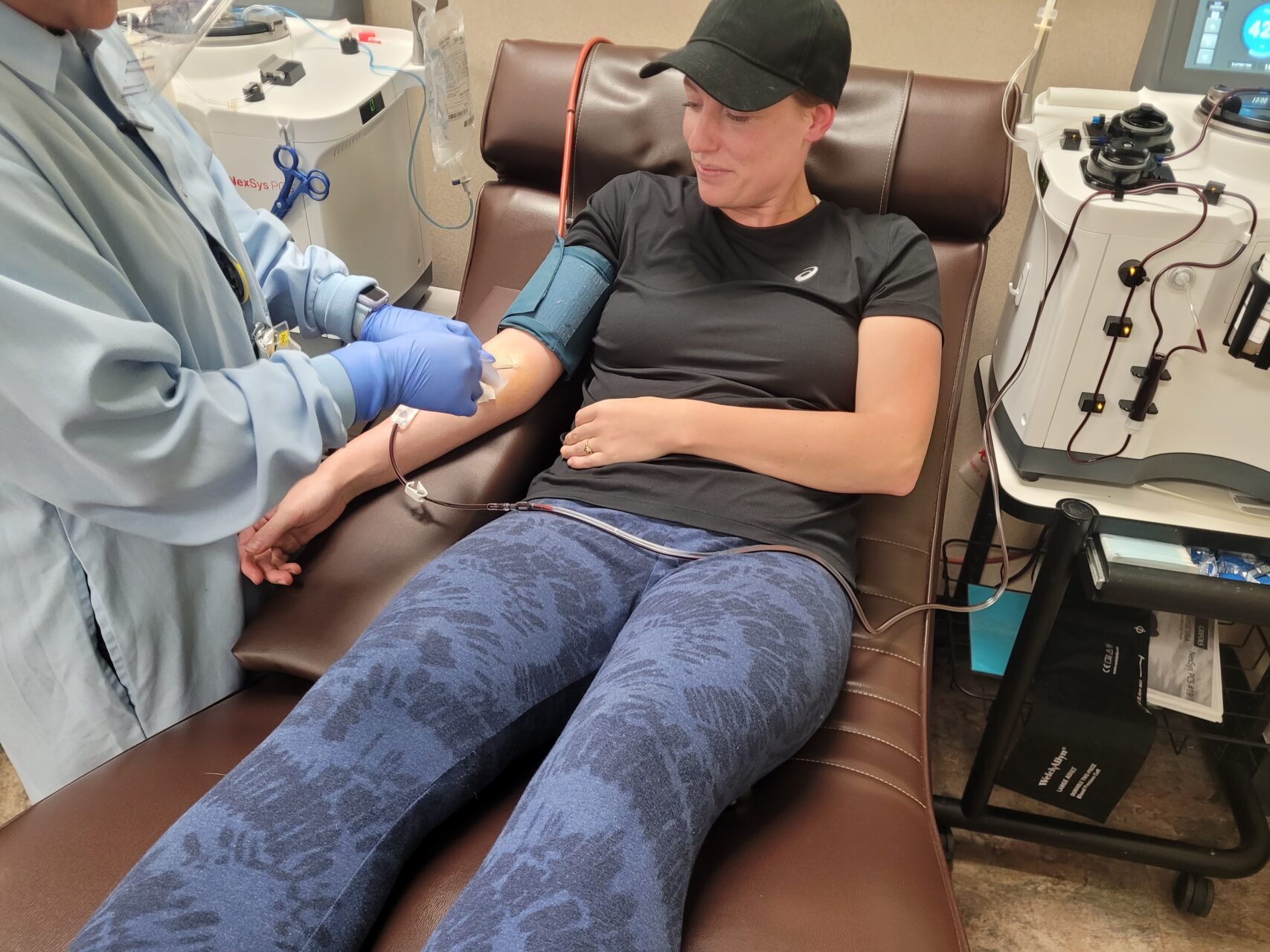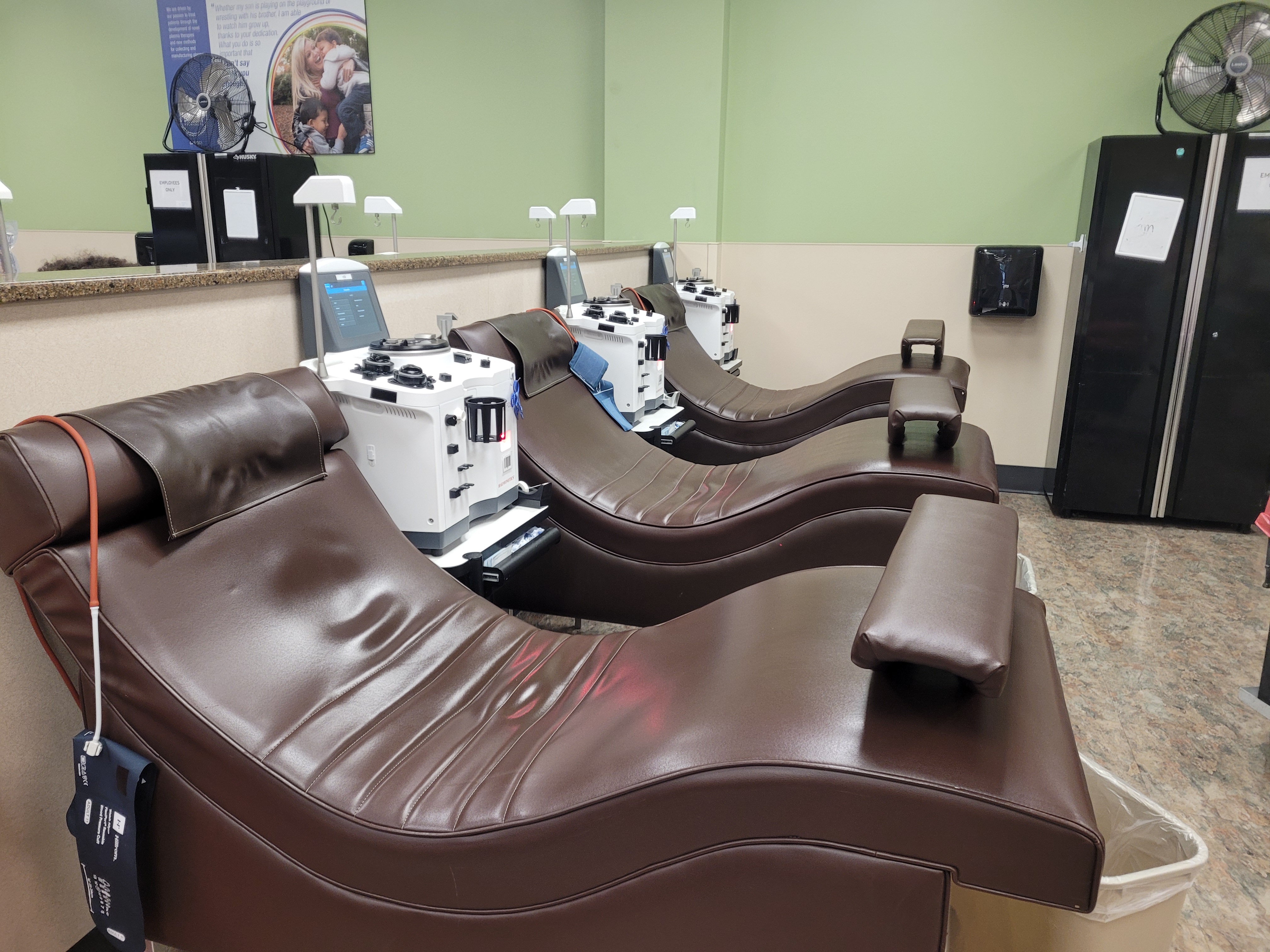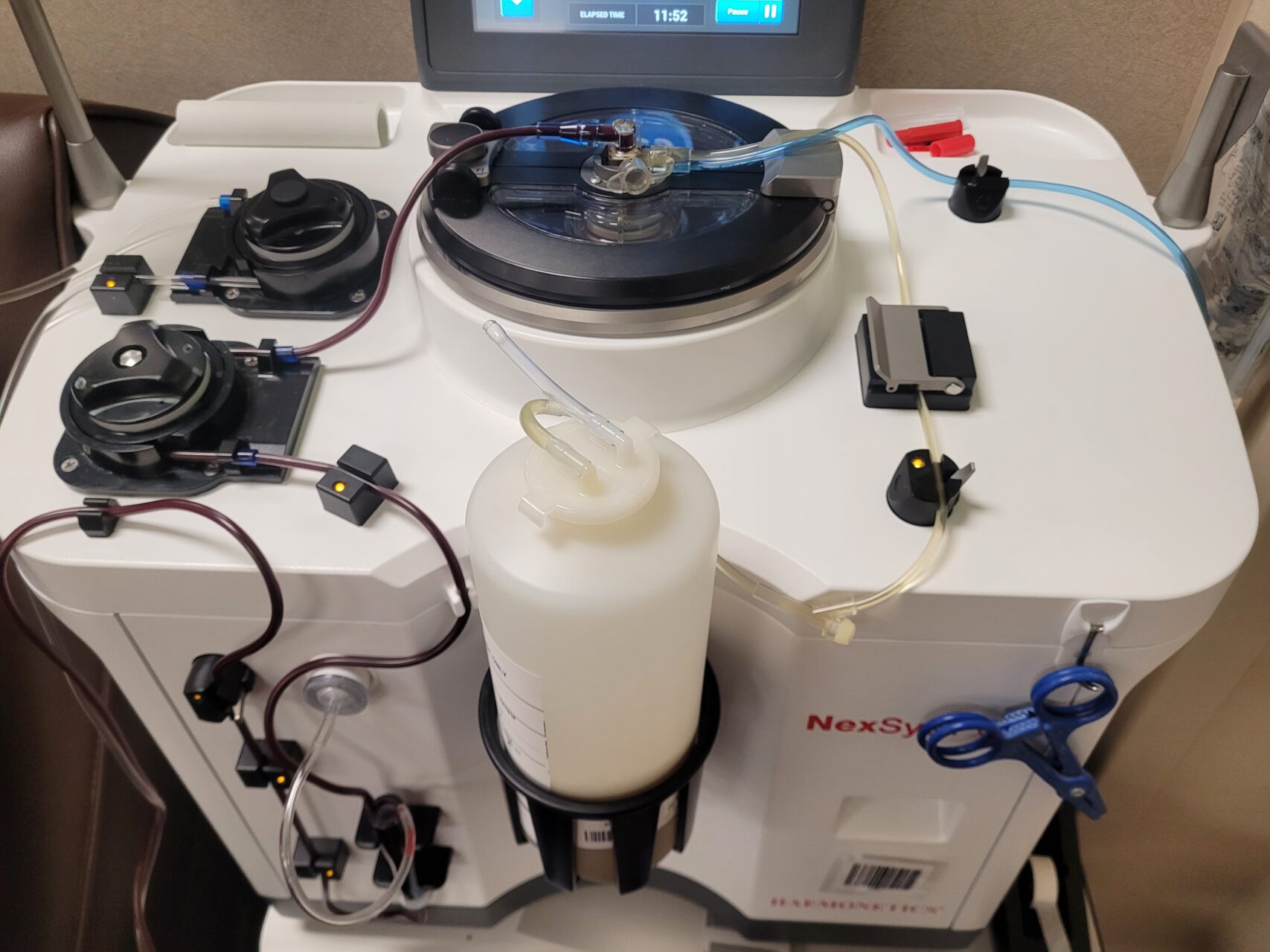
Blood plasma donation centers offer a chance to both serve the community and help college students earn money, but not without some risk.
Plasma donation centers are spreading across the U.S., often popping up around college towns. Grifols owns a plasma donation center in Provo called Biomat USA. College students and Provo residents visit the center to donate their plasma, helping to create life-saving medicines while making extra money for themselves.
According to the American Society of Hematology, blood contains four main parts: red blood cells, white blood cells, platelets and plasma. Plasma is the liquid portion of a person’s blood, containing “a mixture of water, sugar, fat, protein and salts.” Plasma carries cells throughout the body, along with antibodies and nutrients that healthy cells need to function.

Companies such as Grifols use a process called plasmapheresis to separate plasma from the rest of the blood to access antibodies. These antibodies are then used to help create plasma-based medicines. According to Grifols, “plasma medicines are used by patients with chronic, rare diseases including primary immunodeficiencies, bleeding disorders or those dealing with conditions like hepatitis, animal bites, septic shock and liver disease.”
Vlasta Hakes, senior director of Grifols corporate affairs, said college students tend to be in good health with flexible schedules that make them ideal donors.
“I know that students have a lot on their plates, and a great way of giving back to the community is donating plasma,” Hakes said. “We appreciate all the donors that come in to donate, and we’re very proud of the Provo residents.”
Ensign College senior Marisa Coggins donated plasma a few times while she was in Provo. As part of the donation process, donors fill out a health questionnaire that outlines the risks of plasma donation. These include bruising and the potential for dizziness after the donation process.
“It was pretty nerve-wracking,” Coggins said. “I have a fear of needles but I figured it was an easy way to make money.”
Donors fill out forms, wait for a diagnostic test to come back and then an employee draws their plasma. The process takes anywhere from 30 minutes to an hour, but averages closer to 45 minutes long. Once the process is complete, donors receive a prepaid card with their compensation.
“There would still be people that would want to do that without compensation, but I think the compensation helps push more people to doing it,” Coggins said.

BYU student Juliette Finch works at the Utah Valley Hospital in Provo as a phlebotomist, a medical technician who draws blood from patients. Finch said those who have underlying health conditions should avoid donating plasma.
“After donation, your body has to build back up those antibodies,” Finch said. “This can be especially difficult for those with underlying conditions.”
However, Finch said people should be willing to donate plasma if they can.
“Obviously it’s a sacrifice, but I’ve seen people’s donations change lives. Without those donations hospitals wouldn’t be able to function,” she said.
One purpose of Grifols’ screening process is to help determine if students are healthy enough to donate. Hakes said drinking plenty of water, avoiding alcohol, eating a healthy meal beforehand and getting a good night’s rest can help donors avoid adverse side effects from the donation process. She said while whole blood donations take at least six weeks to fully recover from, plasma donations can be replaced by healthy donors within 48 hours.
“A body that donates twice a week has no adverse effect,” Hakes said.
Grifols purposely hires college students to run their centers. This provides students with phlebotomy training and income they can use to pay for tuition. In donating, college students make extra money while also helping save the lives of immunocompromised people across the world.




